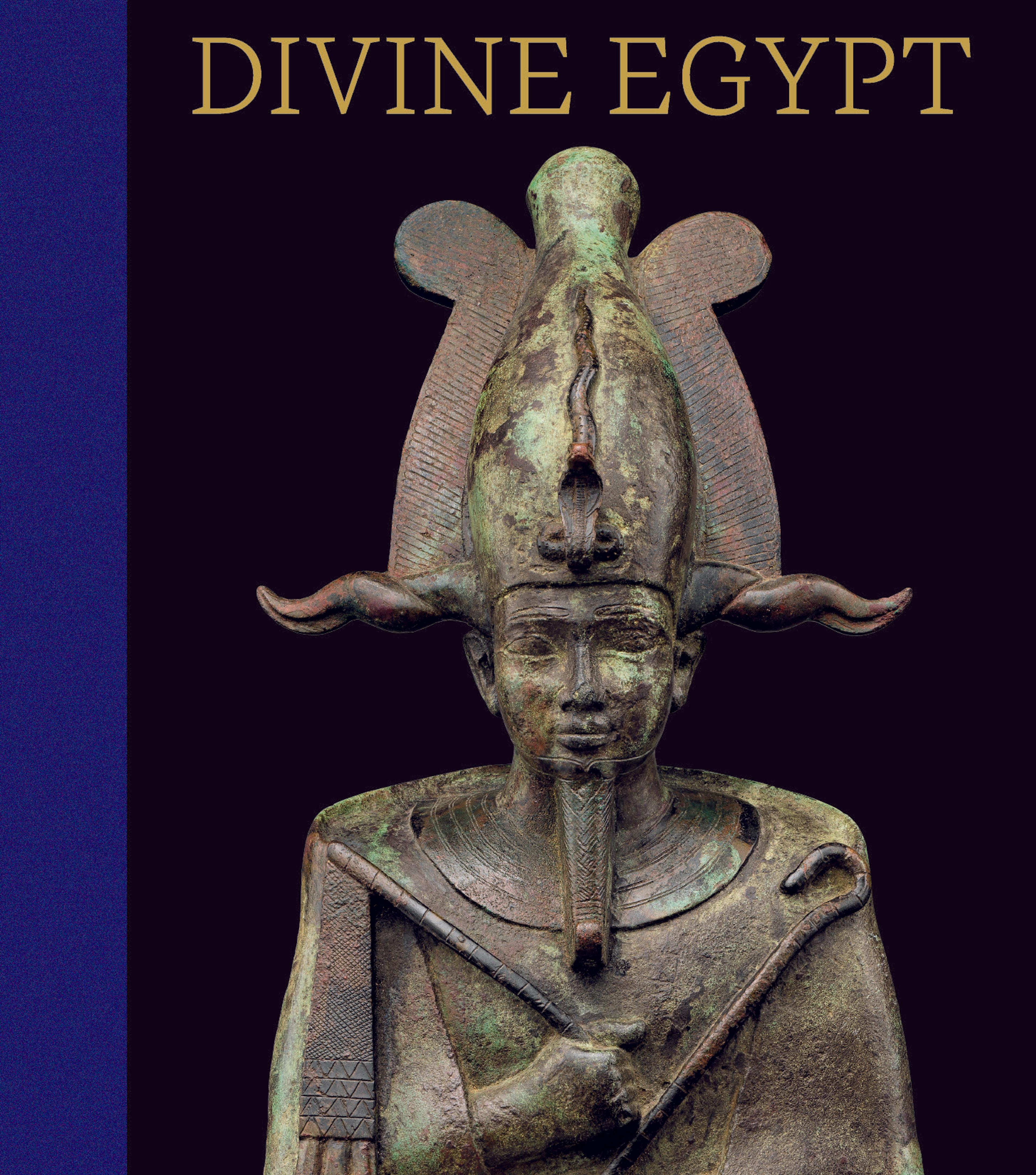Tit amulet
The tit symbol (pronounced teet) illustrates a knotted piece of cloth whose early meaning is unknown, but in the New Kingdom it was clearly associated with the goddess Isis, the great magician and wife of Osiris. By this time, the tit was also associated with blood of Isis. The tit sign was considered a potent symbol of protection in the afterlife and the Book of the Dead specifies that the tit be made of blood-red stone, like this example, and placed at the deceased's neck.
Knots were widely used as amulets because the Egyptians believed they bound and released magic (for another amuletic knot see 27.3.398).
Knots were widely used as amulets because the Egyptians believed they bound and released magic (for another amuletic knot see 27.3.398).
Artwork Details
- Title: Tit amulet
- Period: New Kingdom
- Date: ca. 1550–1070 BCE
- Geography: From Egypt, Northern Upper Egypt, Abydos, Cemetery D, Tomb D33, Egypt Exploration Fund excavations, 1899–1900
- Medium: Jasper
- Dimensions: H. 6.6 × W. 2.8 × D. 0.7 cm (2 5/8 × 1 1/8 × 1/4 in.)
- Credit Line: Gift of Egypt Exploration Fund, 1900
- Object Number: 00.4.39
- Curatorial Department: Egyptian Art
More Artwork
Research Resources
The Met provides unparalleled resources for research and welcomes an international community of students and scholars. The Met's Open Access API is where creators and researchers can connect to the The Met collection. Open Access data and public domain images are available for unrestricted commercial and noncommercial use without permission or fee.
To request images under copyright and other restrictions, please use this Image Request form.
Feedback
We continue to research and examine historical and cultural context for objects in The Met collection. If you have comments or questions about this object record, please contact us using the form below. The Museum looks forward to receiving your comments.
